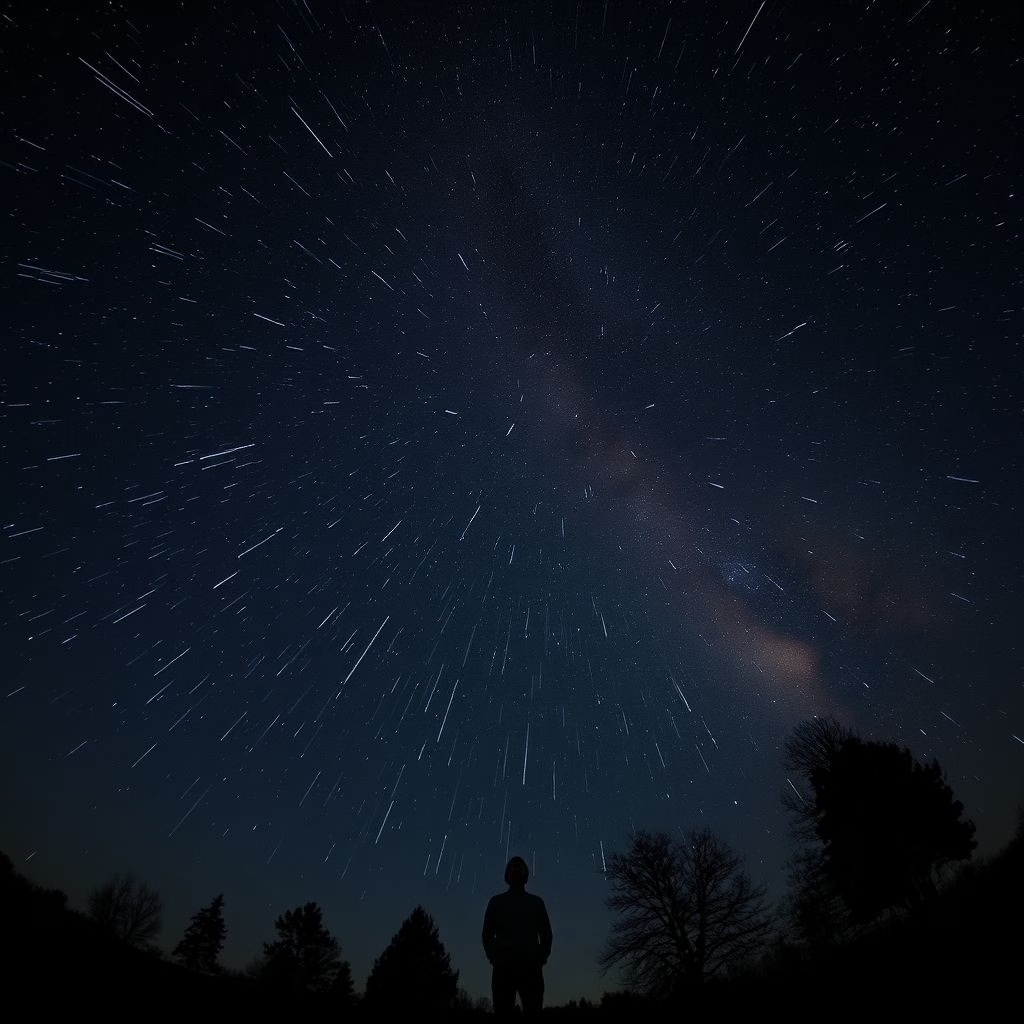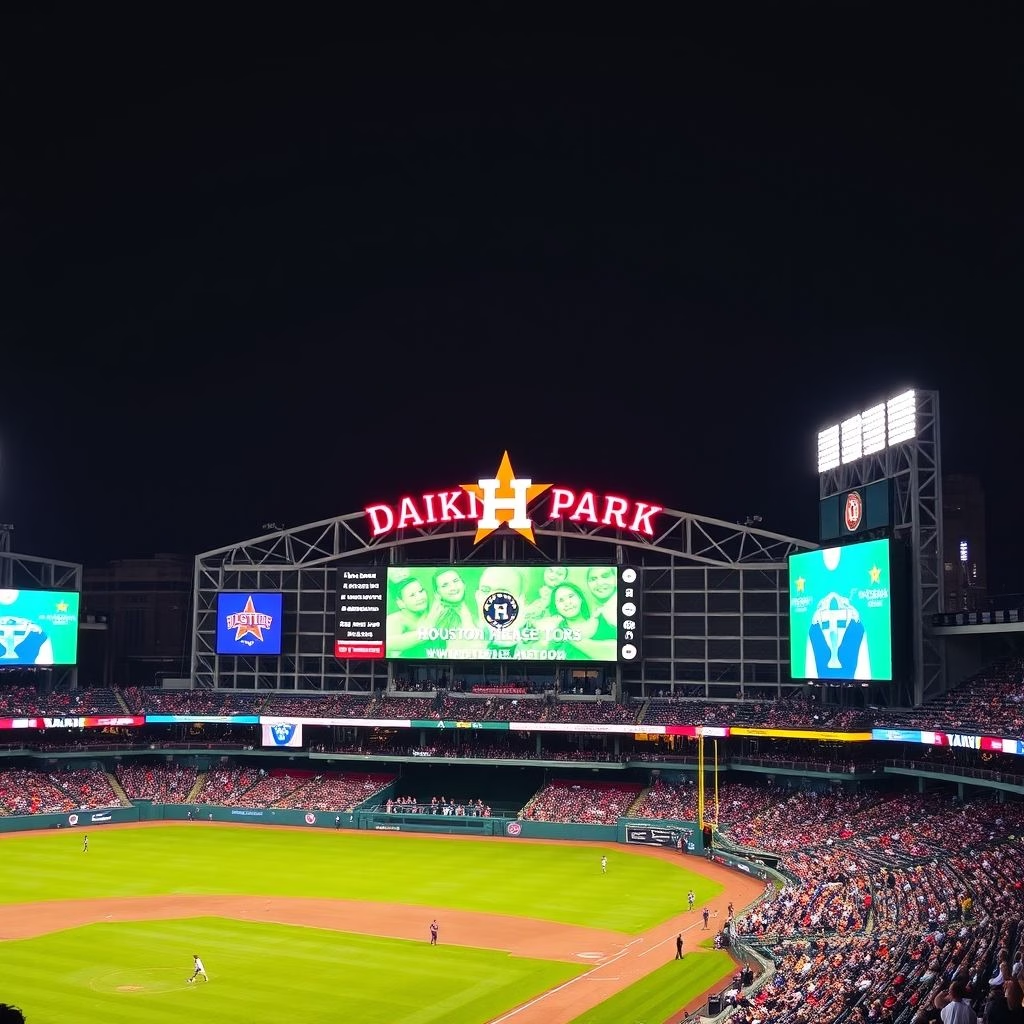Don’t Miss the Perseids: Your Guide to the Best Meteor Shower of the Year (Even with a Bright Moon!)

Get Ready for a Celestial Spectacle: The Perseid Meteor Shower!
Get ready to look up! The annual Perseid meteor shower, often hailed as the best meteor shower of the year, is gracing our skies soon. This dazzling display of celestial fireworks is a must-see event for stargazers of all levels. However, this year, viewing conditions present a challenge. Let’s dive into everything you need to know to maximize your chances of witnessing this cosmic show.
Peak Viewing Dates and Rates
Mark your calendars! The Perseid meteor shower reaches its peak activity on the nights of August 12th and 13th. During this peak, under ideal conditions, you might be able to spot a spectacular 50 to 100 meteors per hour! Imagine that – a streak of light every minute or so! This incredible rate makes the Perseids a truly impressive astronomical event.
The Moon: A Bright Intruder
Unfortunately, this year’s viewing won’t be entirely ideal. The peak of the Perseids coincides with an 84% full moon. The bright moonlight will wash out many of the fainter meteors, potentially reducing the number you’ll be able to see. This means you’ll need to be extra patient and focus your gaze on the darker parts of the sky to catch those fainter streaks. Despite the moon’s presence, the Perseids are still worth observing, as even with a bright moon, you should still be able to see a good number of bright meteors.
Active Dates and Timing
The Perseid meteor shower isn’t a one-night event; it’s active for over a month. The shower officially runs from July 17th to August 23rd. While the peak dates offer the highest meteor rates, you might still catch a few shooting stars during the weeks leading up to and following the peak. This prolonged activity means you have a great opportunity to catch a glimpse of the shower, even if the weather isn’t perfect on the peak nights.
Optimal Viewing Conditions: Where and How to Watch
To maximize your chances of seeing the Perseids, choose your viewing location carefully. The most important factor is minimizing light pollution. The farther you are from city lights, the better. Seek out dark areas like parks, rural locations, or designated dark-sky sites. Allow your eyes at least 20-30 minutes to adjust to the darkness for optimal viewing.
Here’s what else to consider:
- Check the weather forecast: Clear skies are essential! Cloud cover will significantly obstruct your view.
- Bring a blanket or chair: Comfort is key when you’re spending hours looking up at the sky.
- Look up, but don’t focus on any one point: The meteors appear to radiate from the constellation Perseus, but they can appear anywhere in the sky.
- Be patient: It takes time for your eyes to adjust and for meteors to appear.
An Alternative: The Geminids in December
If the moon proves too disruptive this year, or if cloud cover ruins your viewing opportunities, don’t despair! Another major meteor shower, the Geminids, peaks in December. The Geminids often offer a high meteor rate and, importantly, typically occur under more favorable moon conditions. Keep an eye out for the Geminids later in the year.
Final Thoughts
The Perseid meteor shower is a fantastic opportunity to connect with the cosmos. Even with less-than-ideal viewing conditions this year, the Perseids still promise a memorable experience. Remember to find a dark location, be patient, and enjoy the show!
Happy stargazing!
For further reading:
https://www.usatoday.com/story/news/nation/2025/08/10/perseid-meteor-shower-2025/85577274007/
https://www.smithsonianmag.com/smart-news/the-popular-perseid-meteor-shower-will-peak-this-week-heres-how-to-watch-despite-a-bright-moon-180987142/
https://www.yahoo.com/news/science/article/perseids-meteor-shower-will-peak-tomorrow-night-when-and-where-to-watch-170732721.html




